Liquid Silicone for Crafting Applications
Crafting enthusiasts and commercial sectors alike seek versatile materials that offer both durability and flexibility. Liquid silicone for craft stands as a prime category for those in need of a material that presents a balance of strength and malleability. This silicone-based compound is tailored for a variety of applications, ranging from mold-making to intricate adhesive needs.
Composition and Features
The composition of liquid silicone rubber (LSR) is a testament to its adaptability and efficiency. Predominantly made from silicone and other compounds such as polysiloxane, fillers, and crosslinkers, this material is formulated to ensure a reliable bond and ease of use. The absence of tackifiers in the mix underscores its non-sticky nature upon curing, which is a crucial feature for many crafters and industries.
Types and Consistencies
Understanding the different types of silicone for crafts is essential for selecting the right product for the job. Available in various consistencies, from smooth pastes to more fluid options, liquid silicone caters to specific requirements such as flexibility, cure time, and resistance to environmental factors. This versatility ensures that whether for creating flexible molds or waterproof seals, there is a silicone solution available.
Advantages of Using Liquid Silicone
The advantages of using crafting silicone are manifold. Its resistance to weathering, UV light, and hydrolysis makes it a reliable choice for outdoor applications. Moreover, its temperature tolerance and capacity to accommodate movement make it suitable for crafting projects that undergo thermal cycling or require a degree of elasticity.
Applications in Various Industries
The utility of silicone adhesives for crafts extends beyond the crafting table into numerous industries. Its application in the manufacturing sector for creating durable, flexible molds, in the garment industry for textile adhesion, and in construction for sealing and bonding tiles and ceramics, showcases its broad usability. The material's waterproof nature and corrosion prevention properties further widen its scope of application.
Environmental and Safety Considerations
Safety and environmental considerations are paramount when selecting silicone materials for crafting. Users can find solace in the material's safety profile, as it is generally non-toxic and inert once cured. Additionally, the environmental resistance of liquid silicone ensures longevity and durability, reducing the need for frequent replacements and thereby contributing to waste reduction.




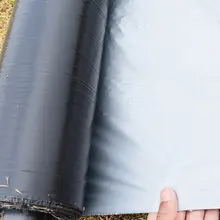








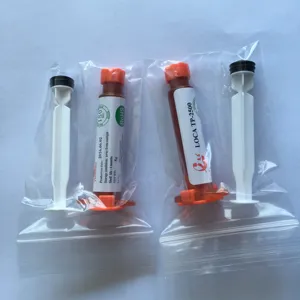


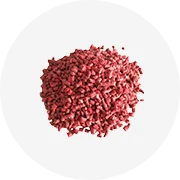
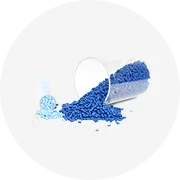
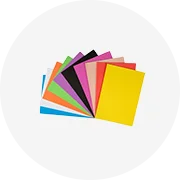
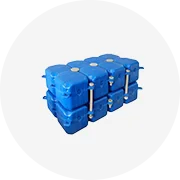
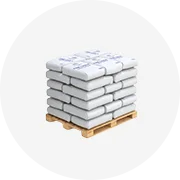
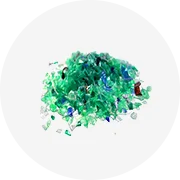
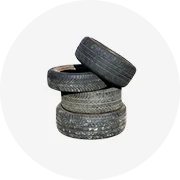
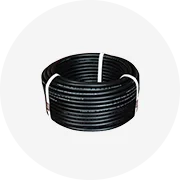

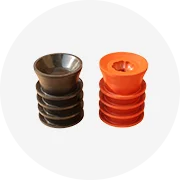








 浙公网安备 33010002000092号
浙公网安备 33010002000092号 浙B2-20120091-4
浙B2-20120091-4